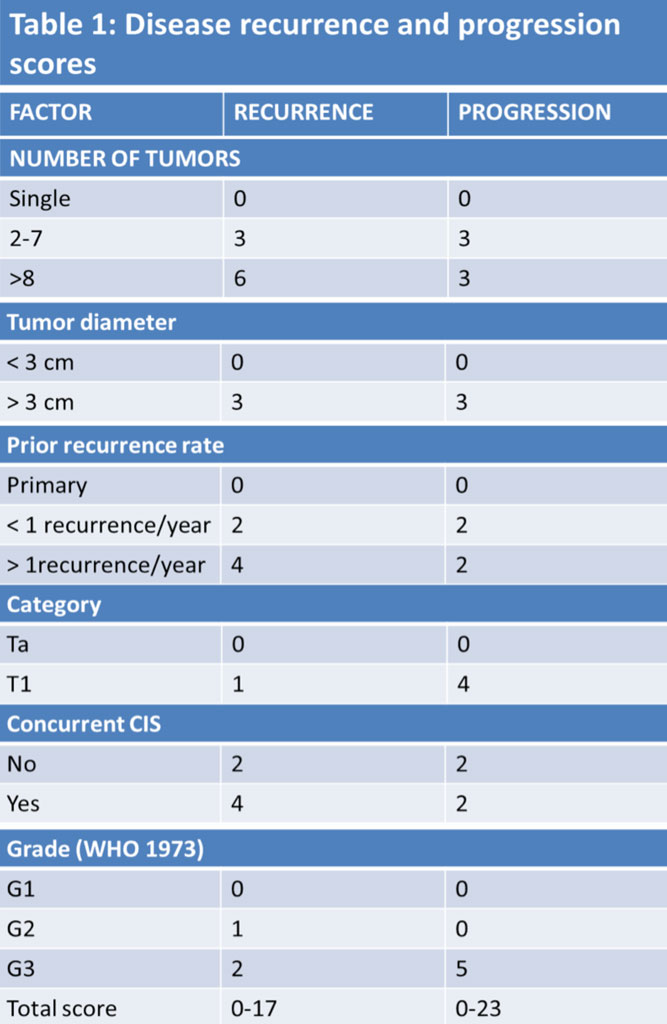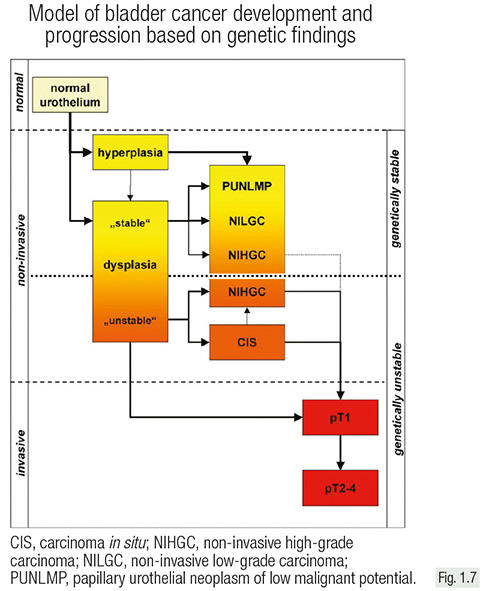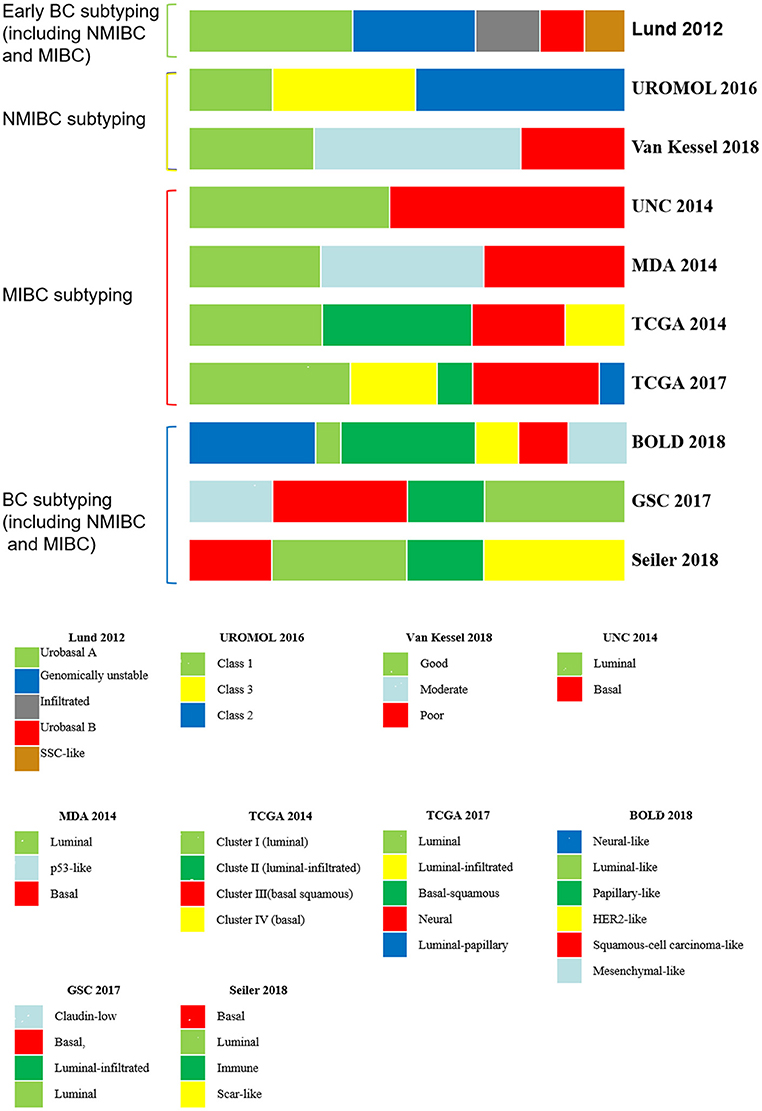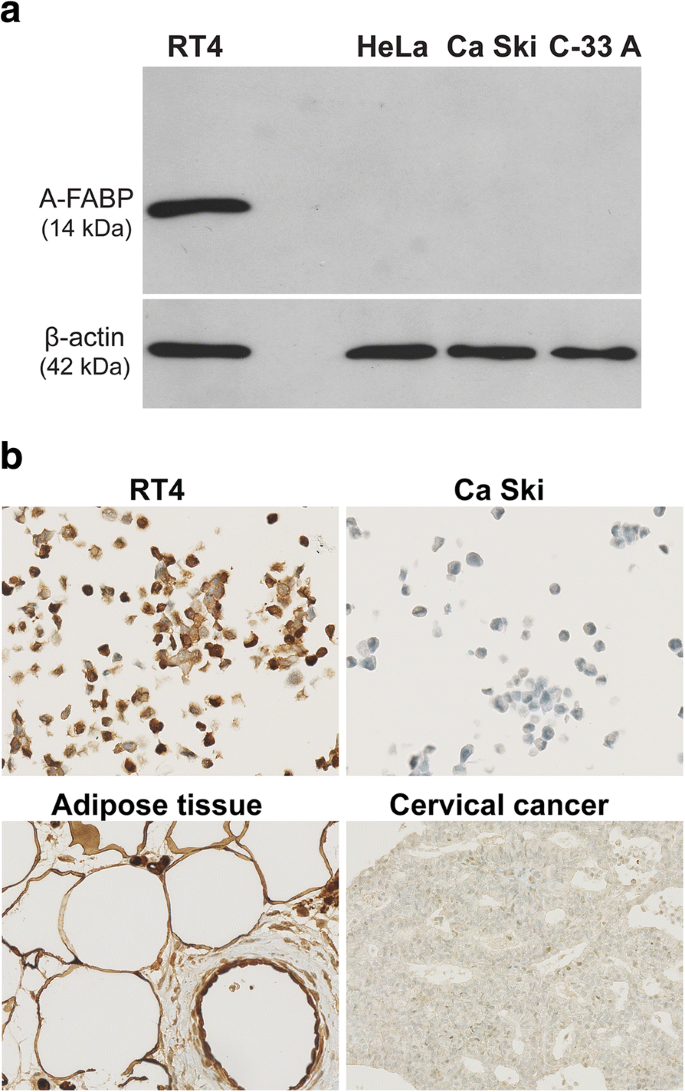Pta Bladder Cancer
Volume 388 pages 276 2810.

Pta bladder cancer. Pta tumours are those neoplasms that are confined to the epithelial layer of the bladder noninvasive papillary carcinoma. Your doctor may stage bladder cancer as early invasive or advanced. The grade gives doctors an idea of how the cancer might behave.
One tool that doctors use to describe the stage is the tnm system. Or they may use the tnm staging system. This key piece of information will help you and your doctor choose the best treatment.
We used many references and there are too many to list here. Cancer cells are split into 3 grades from 1 to 3 depending what they look like under the microscope. This means non muscle invasive bladder cancers are always n0 and m0.
This type of cancer has cells that are closer in appearance and organization to normal cells well differentiated. All larger greater than 3 cm or multiple t1 tumours are also included. Bladder cancer d lamm and others bmj publishing group updated june 2018 bladder cancer a m kamat and others the lancet 2016.
A low grade tumor usually grows more slowly and is less likely to invade the muscular wall of the bladder than is a high grade tumor. Non muscle invasive bladder cancer means the cancer cells are only in the inner lining of the bladder. Muscle invasive bladder cancer.
The term superficial bladder cancer has now become entrenched in urological practice and is generally used to describe pta and pt1 bladder tumours as well as primary and concomitant carcinoma in situ cis. High risk non muscle invasive bladder cancer these are grade 3 pta or pt1 bladder cancers. The information on this page is based on literature searches and specialist checking.
Bladder cancer like other cancers is measured in stagesthe stages describe how far your cancer has spread. Doctors use the results from diagnostic tests and scans to answer these. Carcinoma in situ cis where the cancer is present as a patch on the inner lining of the bladder is also in this category.
The stage of bladder cancer is based on the results of physical exams biopsies and imaging tests ct or mri scan x rays etc which are described in tests for bladder cancer as well as the results of surgery. Low grade bladder cancer is less likely than high grade bladder cancer to spread into the muscle wall of the bladder and beyond. Understanding your bladder cancer stage.

Histological Grading Of Papillary Urothelial Carcinoma Of The Bladder Prognostic Value Of The 1998 Who Isup Classification System And Comparison With Conventional Grading Systems Journal Of Clinical Pathology
jcp.bmj.com
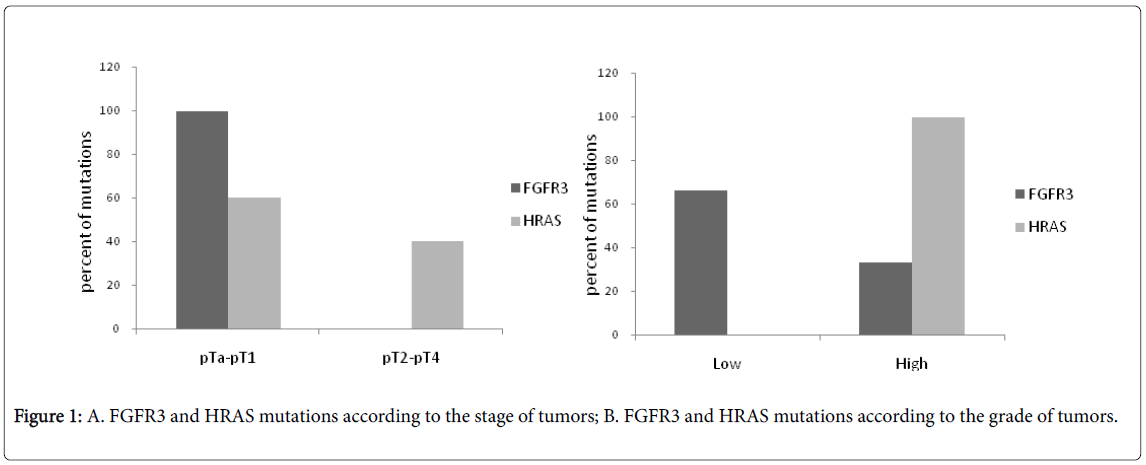
Mutational Analysis Of Fgfr3 And Hras Genes In Bladder Cancer And Washing Cell Sediments Of Moroccan Patients Omics International
www.omicsonline.org
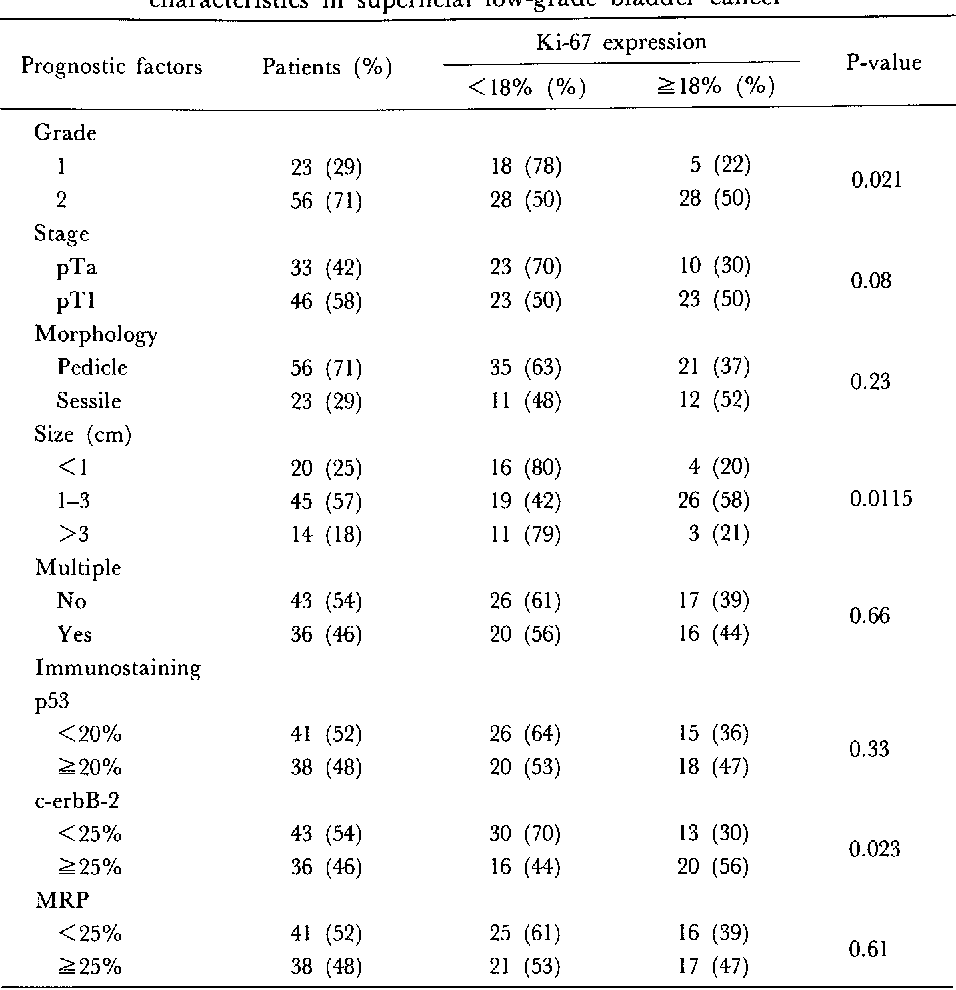
Table 1 From Proliferative Status Is A Risk Index For Recurrence In Primary Superficial Pta T1 Low Grade Urothelial Bladder Carcinoma Semantic Scholar
www.semanticscholar.org

Increased Proliferation As Independent Predictor Of Disease Recurrence In Initial Stage Pta Urothelial Bladder Cancer Ios Press
content.iospress.com

The Prognosis Of Patients Less Than 40 Years With Bladder Cancer Na Sw Yu Sh Kim Kh Hwang Ec Jung Si Kwon Dd Kang Tw J Can Res Ther
www.cancerjournal.net
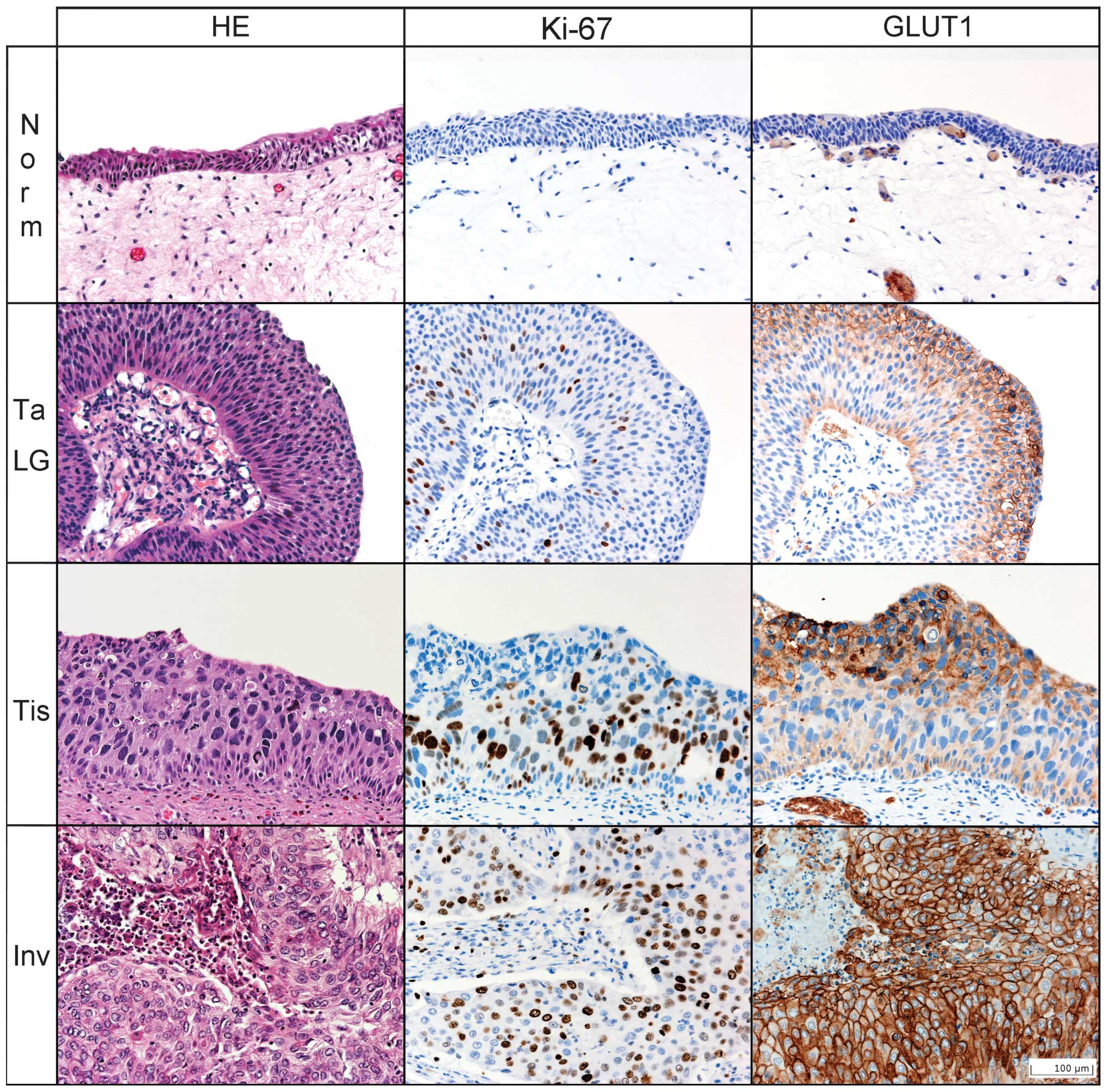
Expression Of Glut1 Is Associated With Increasing Grade Of Malignancy In Non Invasive And Invasive Urothelial Carcinomas Of The Bladder
www.spandidos-publications.com

Role Of P53 And Ki 67 Immunomarkers In Carcinoma Of Urinary Bladder Thakur B Kishore S Dutta K Kaushik S Bhardwaj A Indian J Pathol Microbiol
www.ijpmonline.org



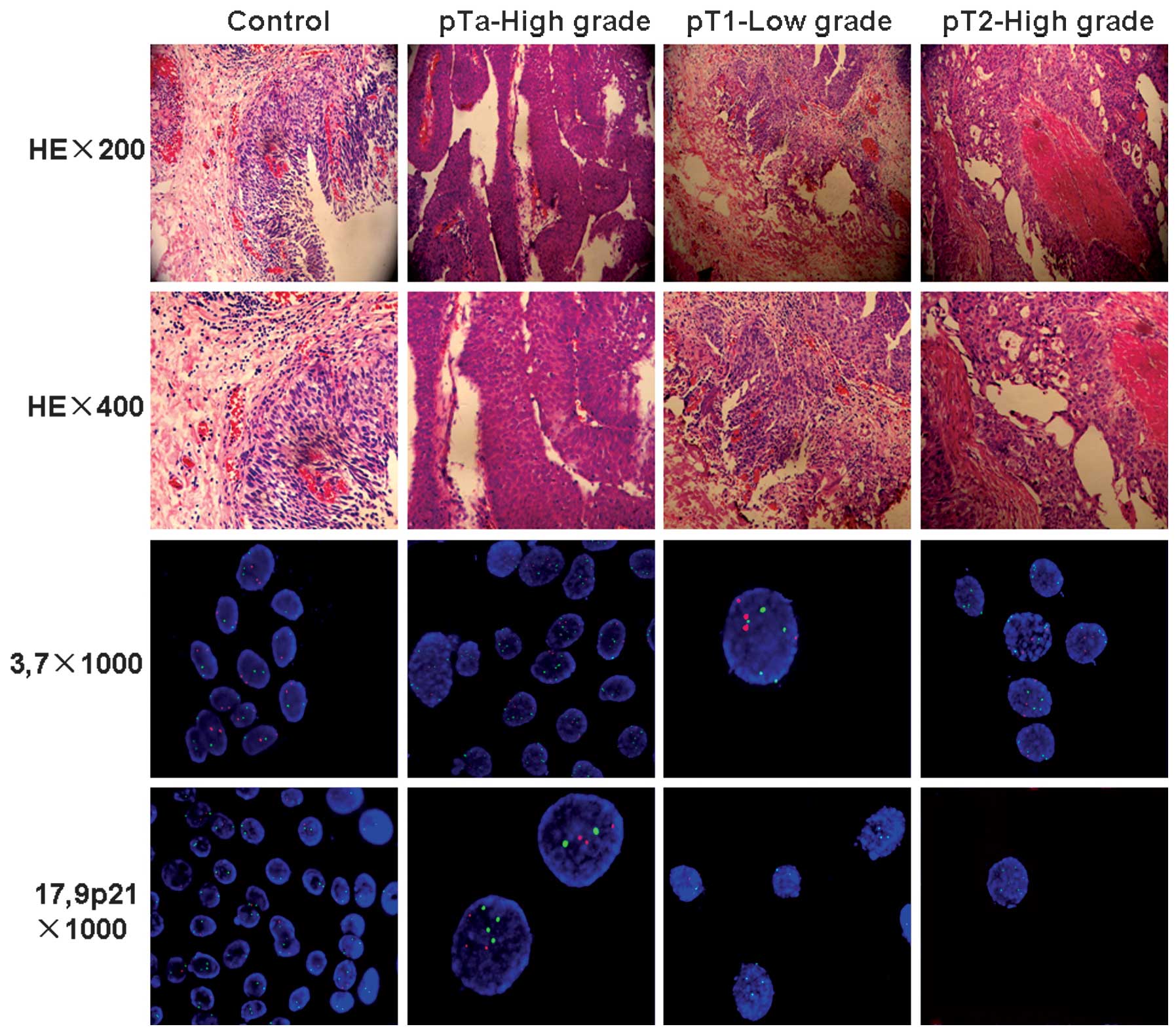
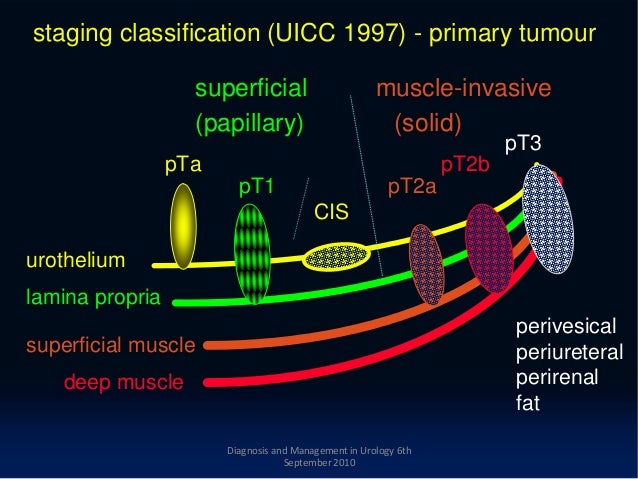










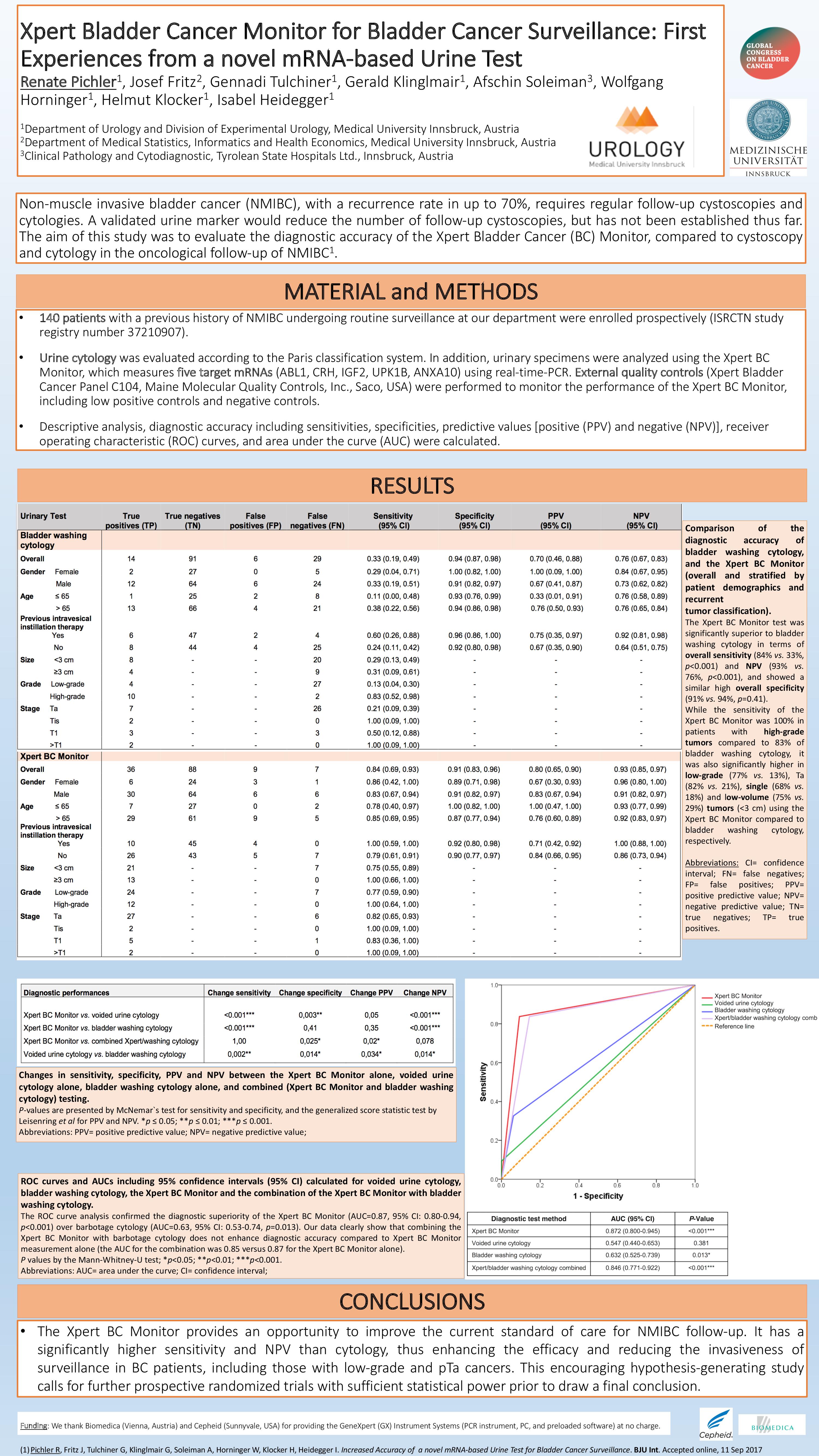











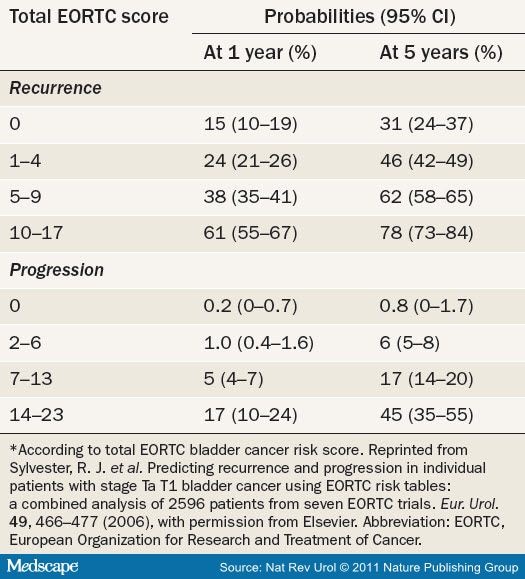
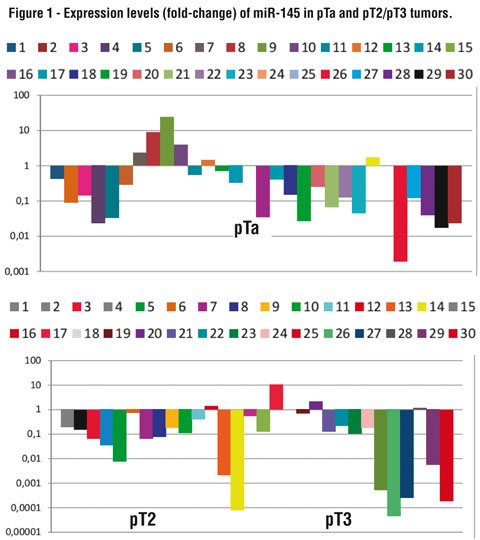

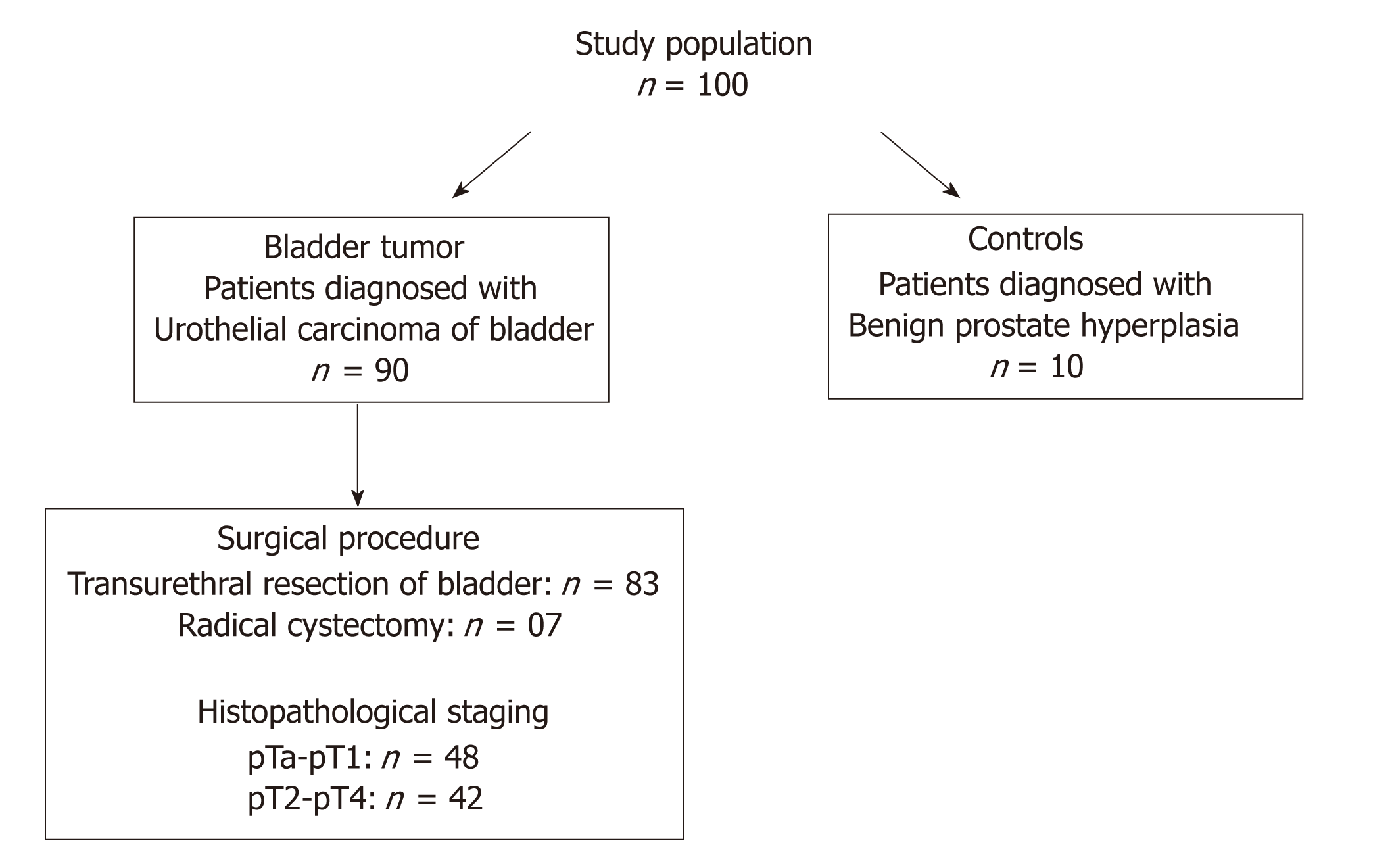

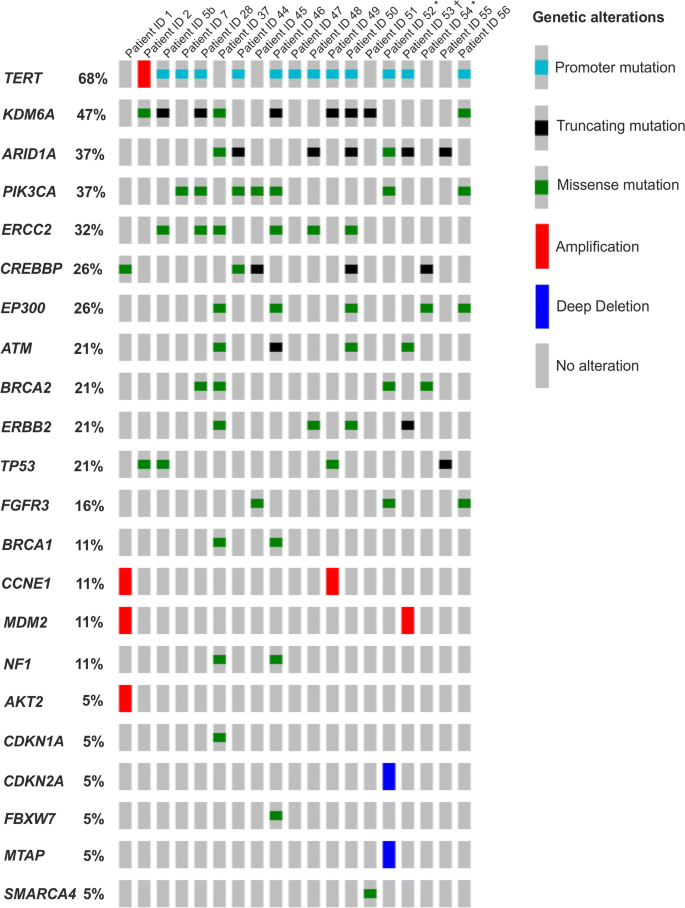




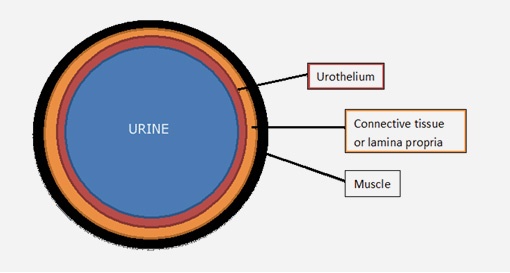
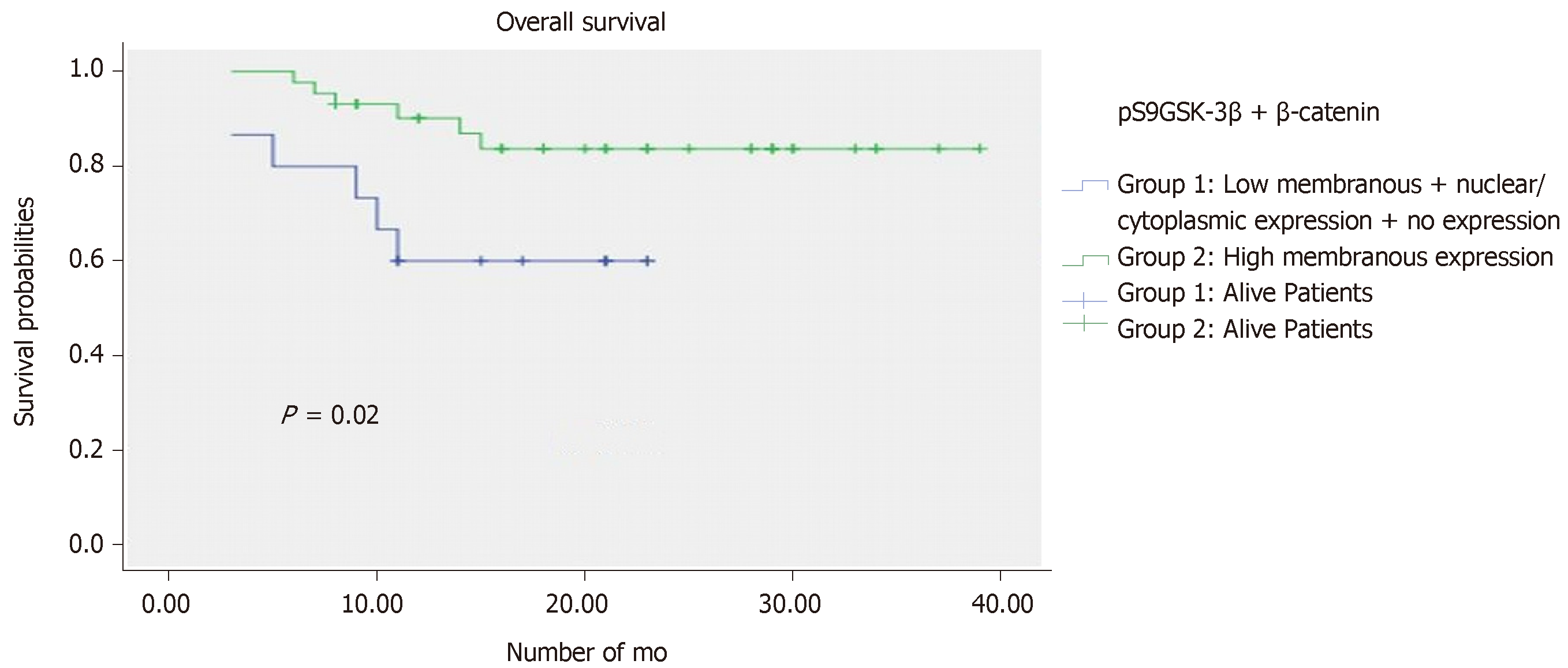

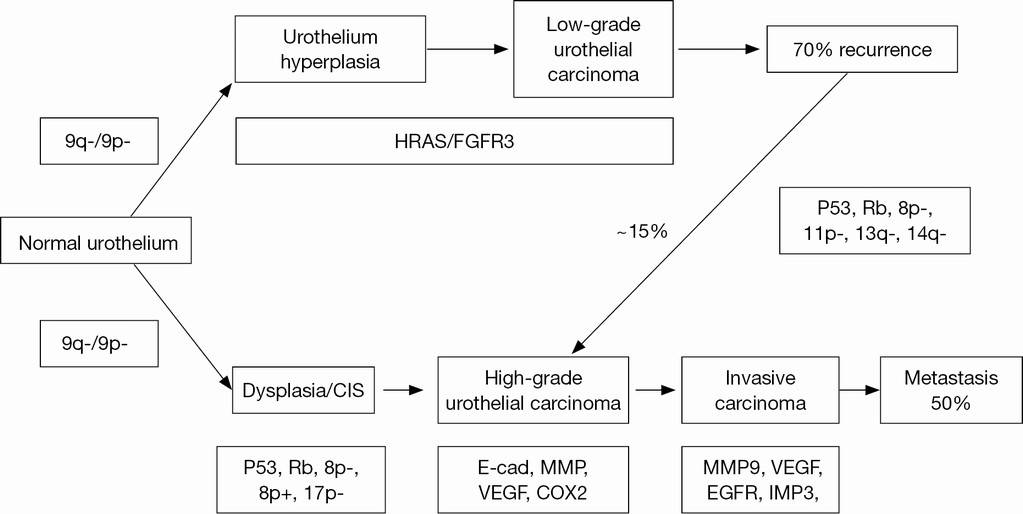

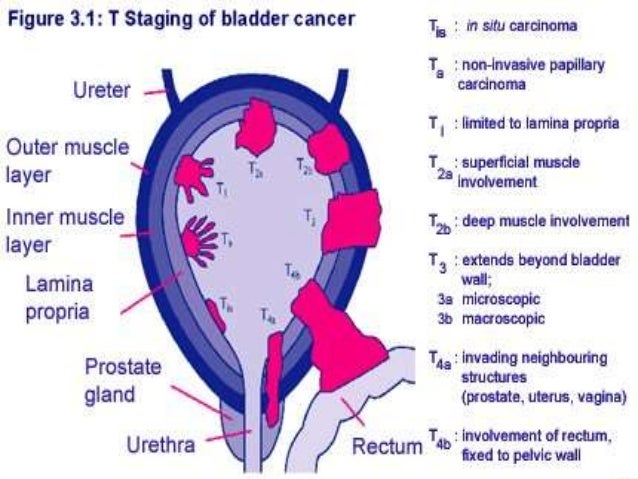
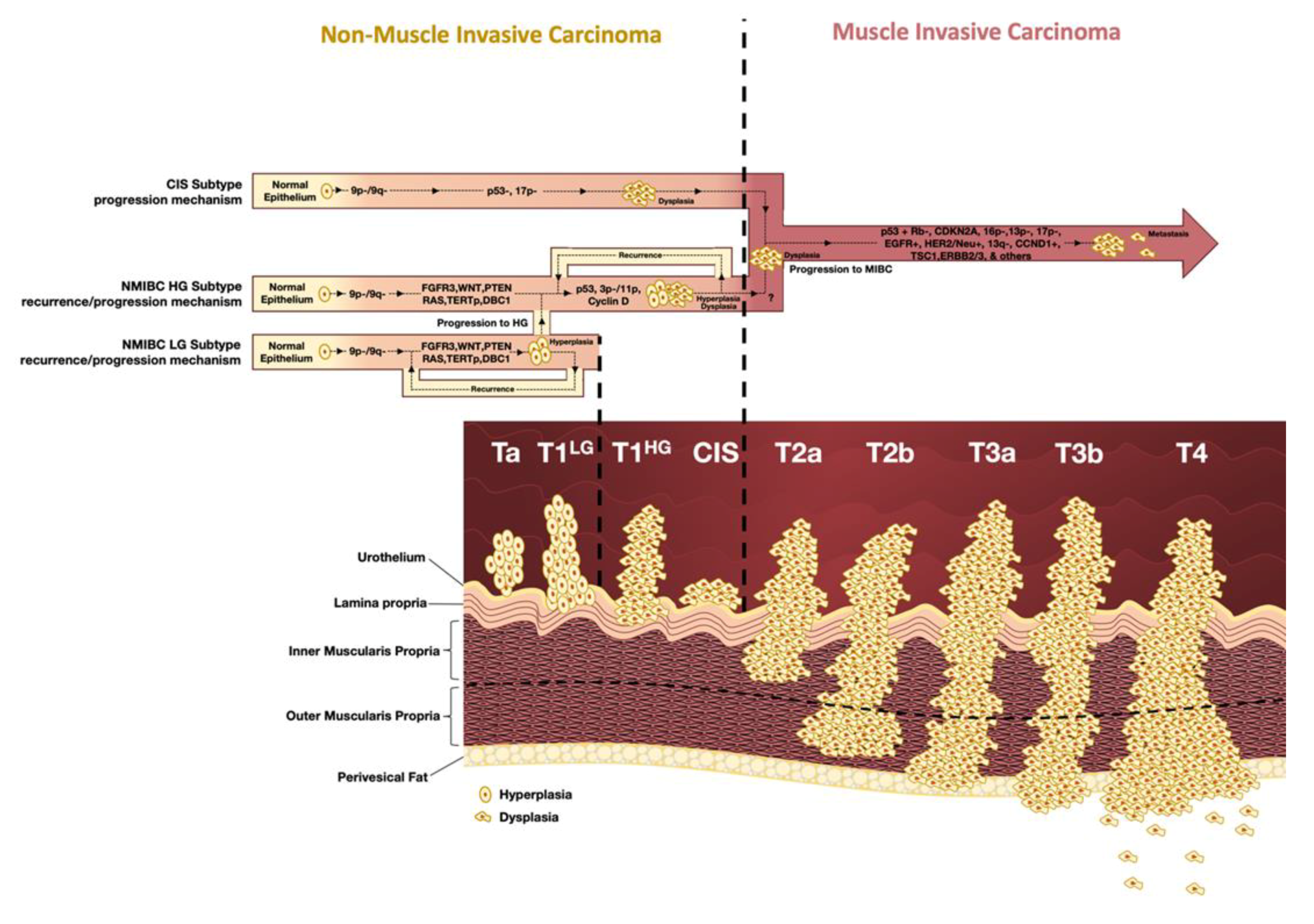












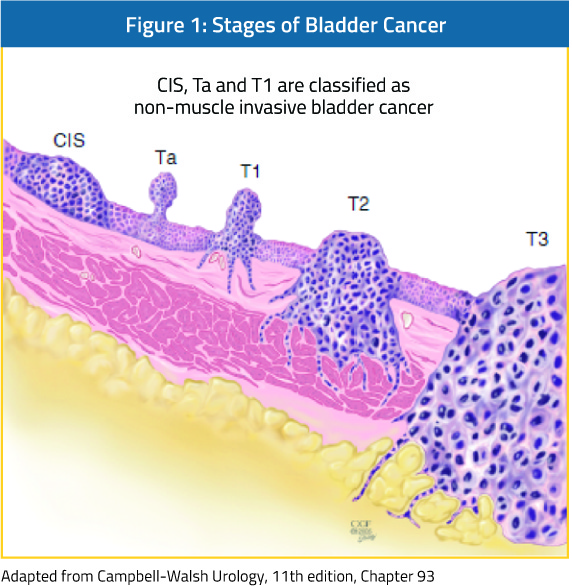
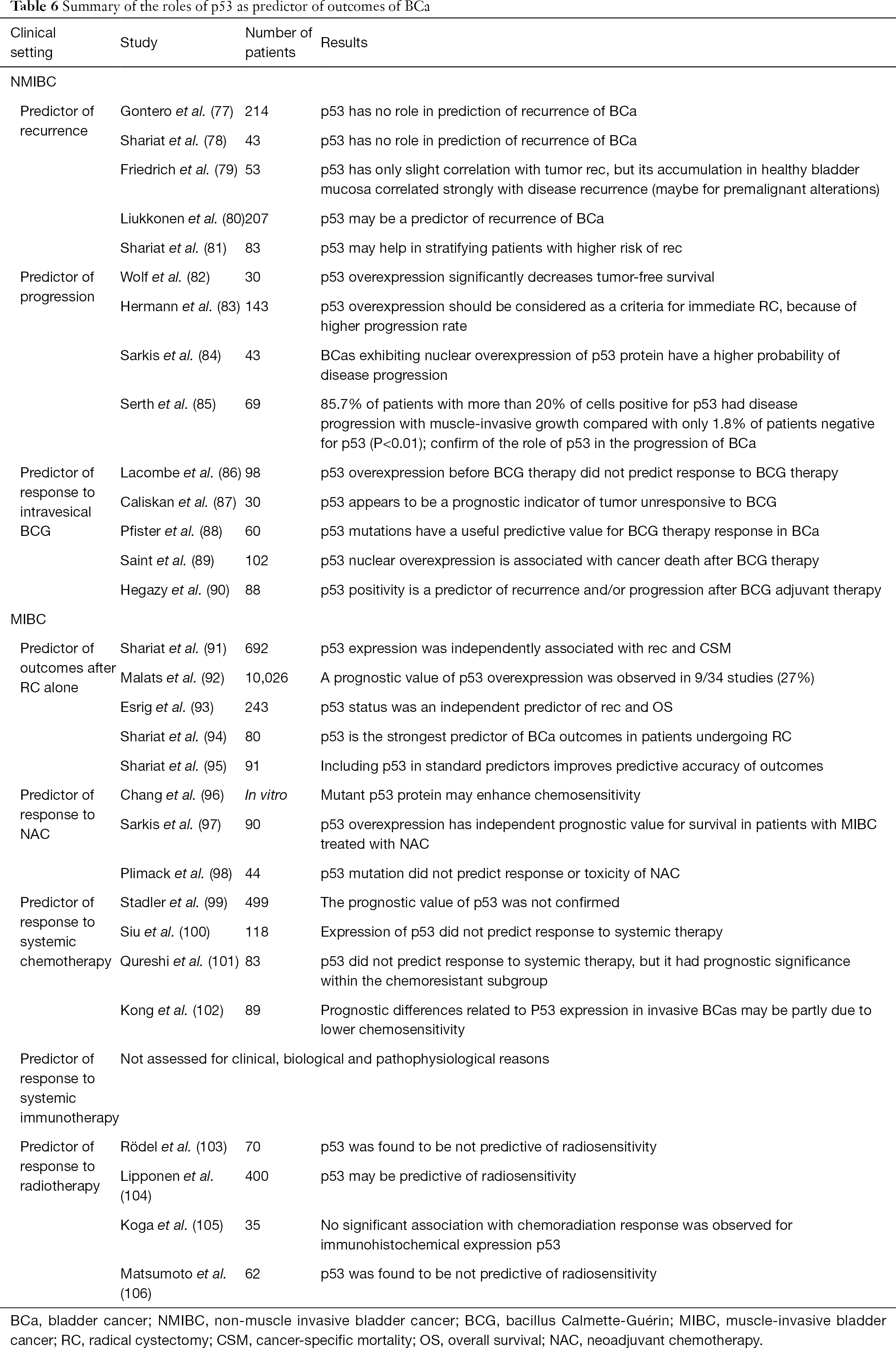



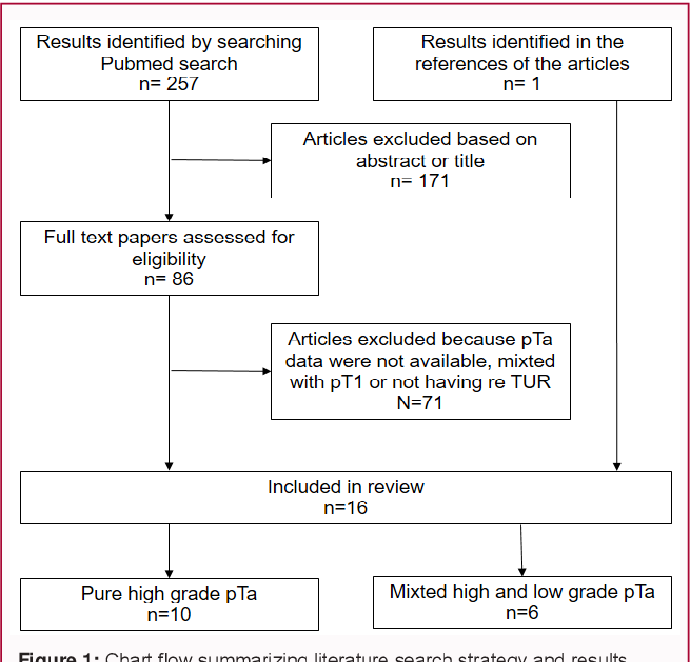



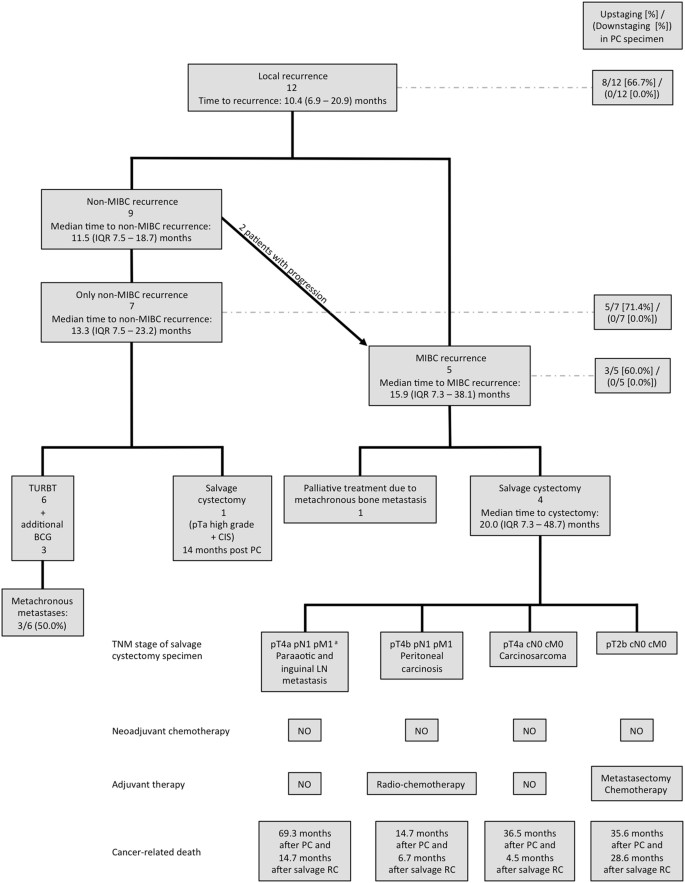

%20without%20previous%20BCGkp%20Jan%2020.png)
